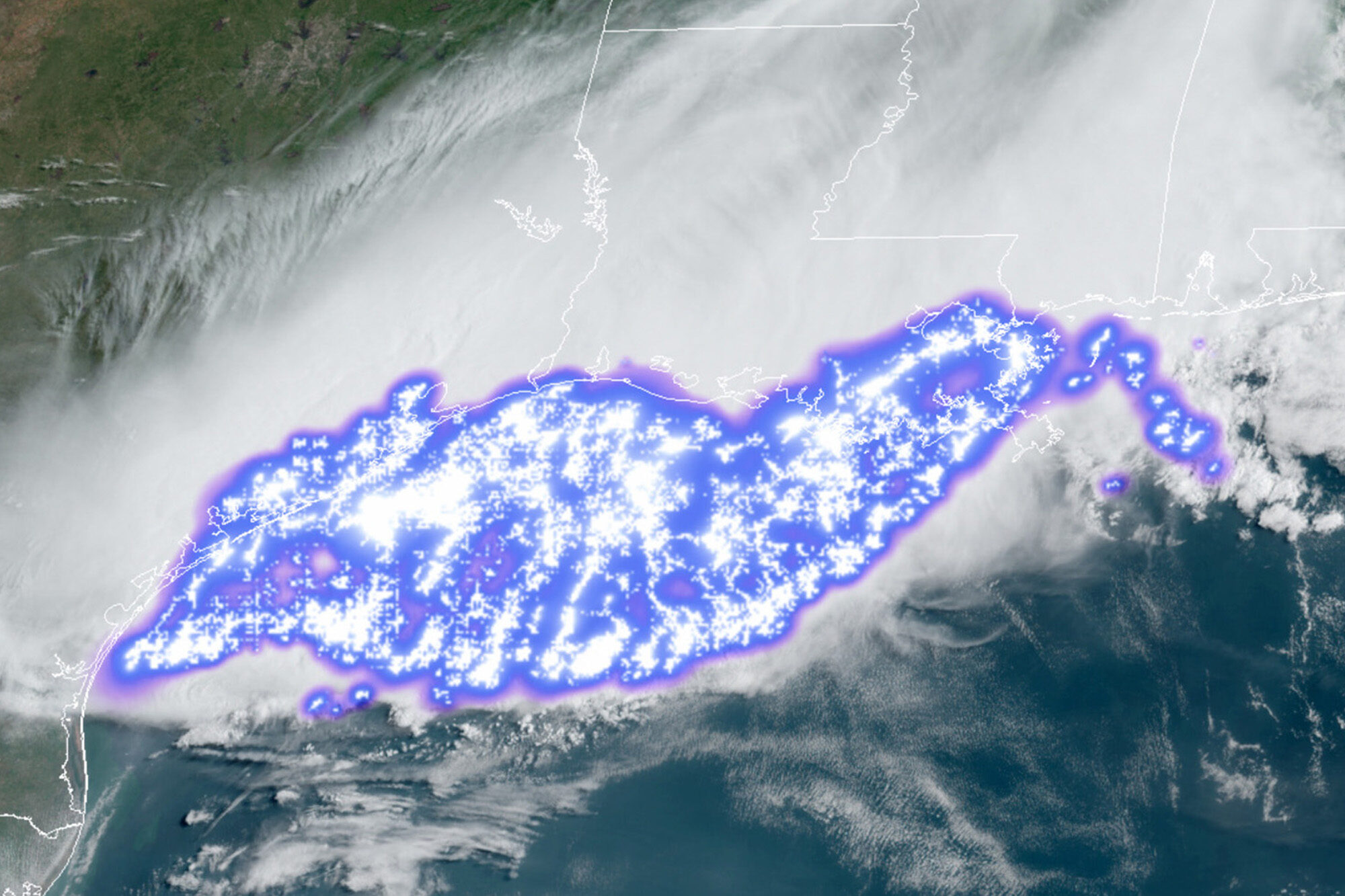
The so-called megaflash, which was detected by scientists using satellite technology on April 19 that year, beat the previous record by a whopping 37 miles.
The old record of 440.6 miles was set in Brazil on Oct. 31, 2018.
The distance covered by the extreme bolt is equivalent to a direct flight from New York City to Columbus, Ohio, or from London to Hamburg, the WMO said Tuesday.
"That trip by air(plane) would take a couple of hours and in this case the distance was covered in a matter of seconds," WMO spokesperson Clare Nullis said, Reuters reported.
The organization also reported a new world record for the duration of a lightning flash.
On June 18, 2020, a single flash over Uruguay and northern Argentina lasted for 17.1 seconds — 0.37 seconds longer than the previous record set March 4, 2019, also in northern Argentina.
Lightning usually doesn't extend farther than 10 miles and usually lasts under a second, which is why the records are so rare.
"These are extraordinary records from lightning flash events," Professor Randall Cerveny, the WMO's rapporteur of weather and climate extremes, said in a statement.
"Environmental extremes are living measurements of the power of nature, as well as scientific progress in being able to make such assessments," he added.
The technology used to detect the length and duration of lightning has improved dramatically in recent years.
"It is likely that even greater extremes still exist, and that we will be able to observe them as lightning detection technology improves," Cerveny said.
The WMO warned that news of the records serves as a reminder of the dangers of a weather phenomenon that kills hundreds of people each year.
"These extremely large and long-duration lightning events were not isolated but happened during active thunderstorms," lightning specialist Ron Holle said in a WMO statement.
"Any time there is thunder heard, it is time to reach a lightning-safe place," he added.




Reader Comments
can ypu find the lander and the yanky flag on the moon yet? china mapped it, couldnt find a thing..mmmm!!!!